This is hard to say without sounding pretentious, but when I was working in Japan some years ago, I became interested in Zen Buddhism and in particular, the life of Sen no Rikyū, a 16th-century tea master.
Through Rikyū’s writings, I was introduced to the phrase ichi-go ichi-e (一期一会), which literally means “one time, one meeting.” Wikipedia describes it as the “cultural concept of treasuring the unrepeatable nature of a moment” – a reminder that each meeting is unique, and we should cherish it as such. Even if the same people meet at the same place again, a particular gathering can never be replicated. We can never step in the same river twice.
Last year I bought a Fujifilm Instax Square SQ1. It’s an instant camera, as the name suggests, which takes pictures on square-format film.
This article is not a review of the Instax Square SQ1 – for that I refer you to James’s excellent piece which influenced my decision to get this camera. For now, the only thing I want to emphasize is just how simple it is. The camera lacks some of the more advanced features of certain other Instax cameras, such as a way to preview our images before we print them, exposure compensation, and self-timer. In fact, the SQ1 literally has just two controls – a dial for activating Selfie (or close-up) Mode, and a shutter release button.
Despite – or perhaps because of – this extreme simplicity, the Instax Square SQ1 is a joy to photograph with, and I use it more than I expected.

Photography, in a sense, is the art of capturing fleeting moments. For a while now, I have been thinking about the idea of ichi-go ichi-e – one time, one meeting – and how it applies to photography. I like taking pictures, and in addition to my phone, I tend to carry at least one other camera with me. With digital cameras, I often take dozens of (sometimes indistinguishable) photos. But what if I met a friend and limited myself to just one portrait? Would precious moments be lost to me forever, unrecorded and forgotten? Or would that one recorded moment somehow assume greater significance and value?
Instax film, I thought, would be especially apt for a project like this. You press the shutter, an exposure is made, and a single square of film is ejected from the camera. You can scan it of course, as I have done for the photos in this article. But unlike a digital image, an Instax is a tangible thing. And unlike a conventional film photo, it’s unique (you can make multiple prints from a single negative, but an Instax image is one of a kind). What better medium for a project about the precious and unrepeatable nature of a moment in time?
My SQ1 came with a free cartridge of Instax Square Monochrome film. Each cartridge has 10 sheets – a manageable number. I set out the parameters of my project: simple and spare, in keeping with the overall philosophy. One photo per friend. No retakes, even if I mess it up.
My first subject was Kwang, who has collaborated with me on any number of photography experiments.
The Instax Square SQ1 has an always-on flash, and while direct on-camera flash is undeniably a vibe, sometimes it can be interesting to mix things up. One way to hack it is to use an off-camera flash with an optical receiver function, which means that it can be set to fire when it “sees” another flash.
For this shot, I set up a Godox AD100 flash on camera-left, with a $5 white umbrella as a shoot-through diffuser. When making the exposure, I held a small piece of foil at an angle in front of the SQ1’s flash. The foil deflected the flash off to the left; it didn’t light Kwang herself, but the off-camera Godox AD100 “saw” the flash and fired synchronously.
This photo, and a few others in this set, are actually shot in Selfie mode. The Instax Square SQ1 is optimized to focus at about 6-10 feet in default mode. This is good for half-body or full-body shots, but if I want to frame more tightly, I switch to Selfie mode. All this does is to bring the focus distance forward to around 18 inches. Selfie mode is intended to be used with the camera pointing towards yourself – there’s a selfie mirror next to the lens, to help you frame the shot – but you can also just shoot as normal (camera pointing forward) which is what I do for close-up portraits.
Unlike Kwang, whom I’ve known for years, Muzi and Wu Chi are new friends; the day I took these two photos was only my second time meeting them. One weekend Muzi texted me saying, “Want to go to a dog cafe? Can pet puppies.” She asked me this with no preamble whatsoever – without even pausing to ascertain if I like dogs. I was amused, and since I had never been to a dog cafe before, I said yes.
I thought perhaps Wu Chi, the third member of our impromptu excursion, was a dog-lover. I asked her as we entered the cafe.
“Um, actually I’m a bit afraid of dogs,” she said. But after a while, she was comfortable enough to pose with a big Samoyed.
Afterwards we went to a restaurant which specializes in food from Dongbei (northeast China). In the photo, Muzi is holding a giant pork rib. Unlike the earlier shot of Wu Chi, I took this in selfie mode from about 18 inches away, and for me, it’s the least successful photo of the set.
The Instax Square SQ1 is a compact camera with a direct (as opposed to through-the-lens) viewfinder, so when you’re that close, you have to watch out for parallax. Clearly I wasn’t paying enough attention, because the framing is off and Muzi’s face is mostly obscured. Oh well.
The next photo, on the other hand, is one of my favorites. My friend Russ worked on a textile and light installation at a mall here in Singapore. The drapes were shiny white, Instax film has a relatively narrow dynamic range, and the SQ1 has no exposure compensation. I wasn’t sure if it would capture the highlight detail on the cloth, but it did a fine job in the end.
That same afternoon, we went to Peace Centre – a mall built in the 1970s which is now being demolished. In the last few months before its demise, with the stores shuttered and the tenants gone, the mall has been given over to artists, performers, thrift stores, exhibition spaces and graffiti. Kai (in picture) was the one who suggested we check it out, and I’m glad we did – just one day before it closed for good. It was my first and last time at Peace Centre, so this photo of all the ones in my set feels like the most literal embodiment of ichi-go ichi-e.
The Instax photo was taken outside, but I’ve also included a couple of shots made with my Fuji X-E4, where I tried to capture the vibe inside the mall.
The next two photos are both in my apartment, but on different days – Tomoe looking at her negatives (she came to pick them up from a film lab in my neighborhood) and Redwan helping me cook a lavish meal for two. The photo of Tomoe is over-exposed – Instax can be a bit hit-and-miss – but in the one of Redwan, the camera did a great job of balancing the bright background (natural light) and Redwan who was lit by flash.
I wanted at least one full-body photo in the set, and I saw my opportunity during a dance shoot with my friend Olivia. We shot a whole sequence under the water-tower with my Fuji X-E4. Then, as we were moving on to the next location, I took a quick candid on Instax of Olivia walking downhill.
“I think my eyes were closed,” said Olivia. But I stuck to my self-imposed limitation of one photo per friend; no retakes. Her eyes are indeed closed, but you only see it if you look closely.
There were two of us taking photos of Olivia that day – me and my friend Li Ling who is a wonderful family photographer, but wanted to try her hand at dance photography. After the shoot, we went to a ramen place for dinner, and I asked Li Ling if I could take a picture of her. Like a lot of photographers, she doesn’t like being in photos, so it’s apt that she’s hiding behind her camera, incidentally also a Fuji.
During the Lunar New Year weekend, my Chinese friends took me to a karaoke bar. One of them – Muzi – had already featured in my project (albeit partly hidden by a pork-rib), but the other two had not: Irene, who was leaving Singapore and going back to Shanghai that very night, and Huiwen, who I meet several times a week but had somehow not yet taken a photo of.
At that point I had just one shot left, so I decided to set aside my one-pic-per-friend policy and take a group photo. Rules and constraints are all very well, but they are a means to an end, and ichi-go ichi-e, after all, is about cherishing the time we spend together. It was the last shot of the pack, and a last evening of togetherness before Irene left for China. Let’s not overthink this, I thought. What would Sen no Rikyū do?
When the film ran out, I loaded another cartridge – color film this time. One of the karaoke-bar staff offered to take a photo of us. The picture developed to collective oohs, we all signed it with a marker, and Irene had a nice little souvenir to take back home to China.
Isn’t Instax wonderful?
I enjoyed my ichi-go ichi-e project, and I got a lot out of it. Some nice photographs, a better understanding of the strengths and limitations of the Instax Square SQ1, and most importantly, some happy memories.
By limiting myself to one photo per friend, I found myself devoting more thought to how and where I want to portray them. Some were pre-planned – Li Ling is a photographer, so I wanted to show her holding a camera – while others were spur-of-the-moment decisions.
An Instax photo can be scanned or otherwise reproduced, but the original is unique; it has what Walter Benjamin called the aura of the authentic. Like the moment itself, the Instax image can never truly be repeated or replicated. For these and other reasons, Instax – more so than a digital or even a film photo – feels like an event. You take the photo, a blank white square is ejected, and there is the breathless wait to “see what came out.” The reactions become a part of the experience, and part of the memories too. “Oh no, my eyes are closed!” (Olivia) “What a photo, I look like an artist!” (Redwan) “We look so alive!” (Huiwen)
The Japanese tea ceremony (chanoyu or “the way of tea”) has many different styles and philosophies. Sen no Rikyū, whom I mentioned earlier, is associated with wabi-cha, a school of chanoyu which emphasizes radical simplicity. Rikyū wrote, “All you need to know about chanoyu is this: boil the water, make the tea and drink it.” Using the Instax Square SQ1 is a bit like that: point the camera, press the shutter and make the picture.
And what kind of picture do you get? Most of the time, a good one – or at least, that has been my experience so far. Sometimes, the picture is out-of-focus or off-kilter. But if so, what of it? Memories are sometimes out-of-focus or off-kilter too.
The Instax Square SQ1 is a simple camera, but I am a simple photographer. By limiting our options, the camera sets us free. By getting out of the way, it lets us immerse ourselves in the moment. Olivia dancing down a grassy slope. Wu Chi nervously petting a Samoyed. Cooking with Redwan. Making new friends, and saying goodbye to old friends, hoping we’ll meet again soon. Moments pass, but some leave a mark. And when all is said and done, isn’t that what photography is about?
One time, one meeting. And if we are lucky, a picture to remember it by.
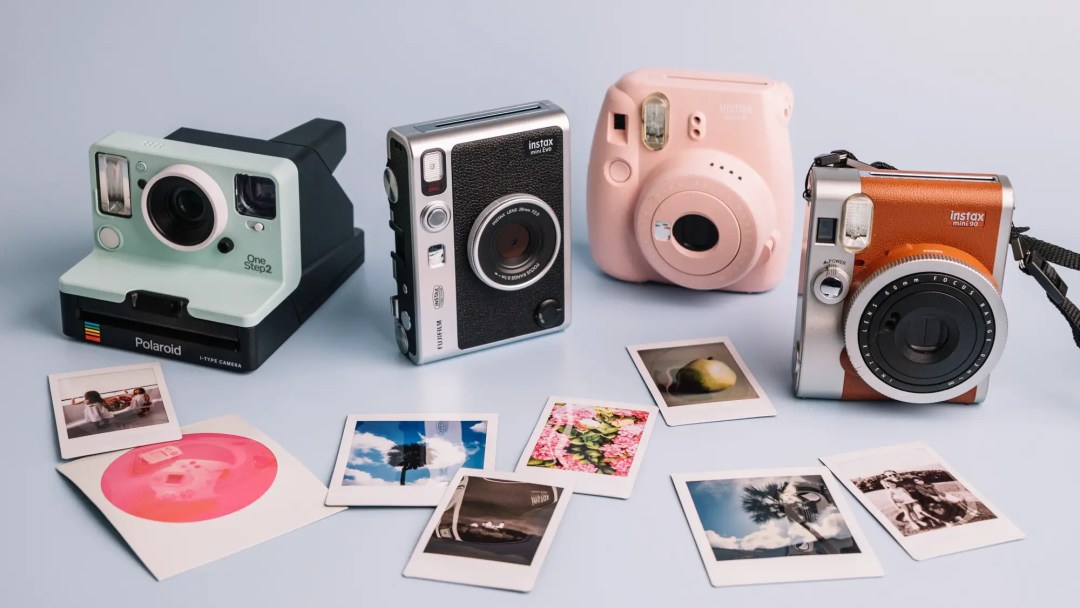
Follow Casual Photophile on Youtube, Twitter, Facebook and Instagram
[Some of the links in this article will direct users to our affiliates at B&H Photo, Amazon, and eBay. By purchasing anything using these links, Casual Photophile may receive a small commission at no additional charge to you. This helps Casual Photophile produce the content we produce. Many thanks for your support.]

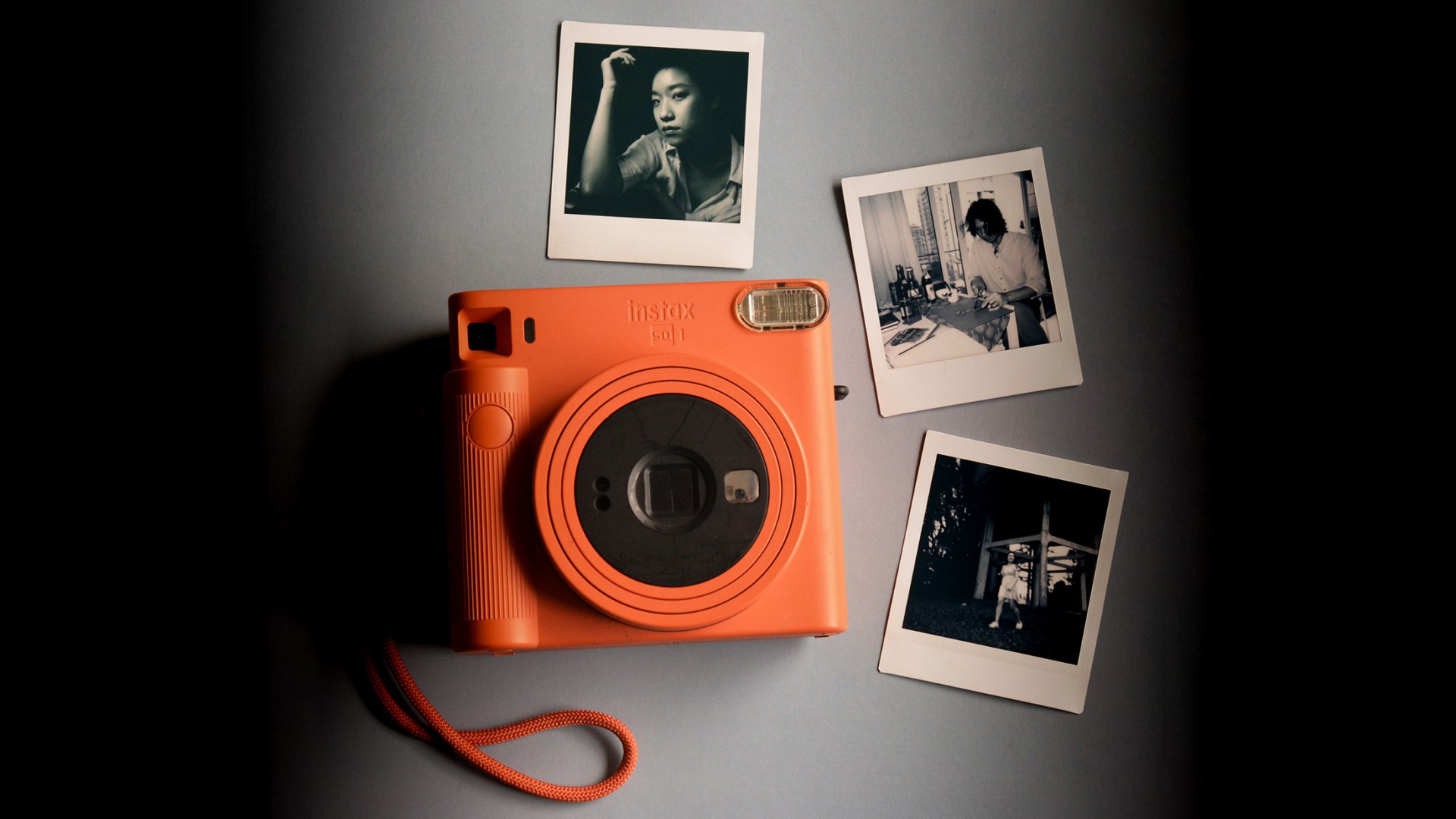
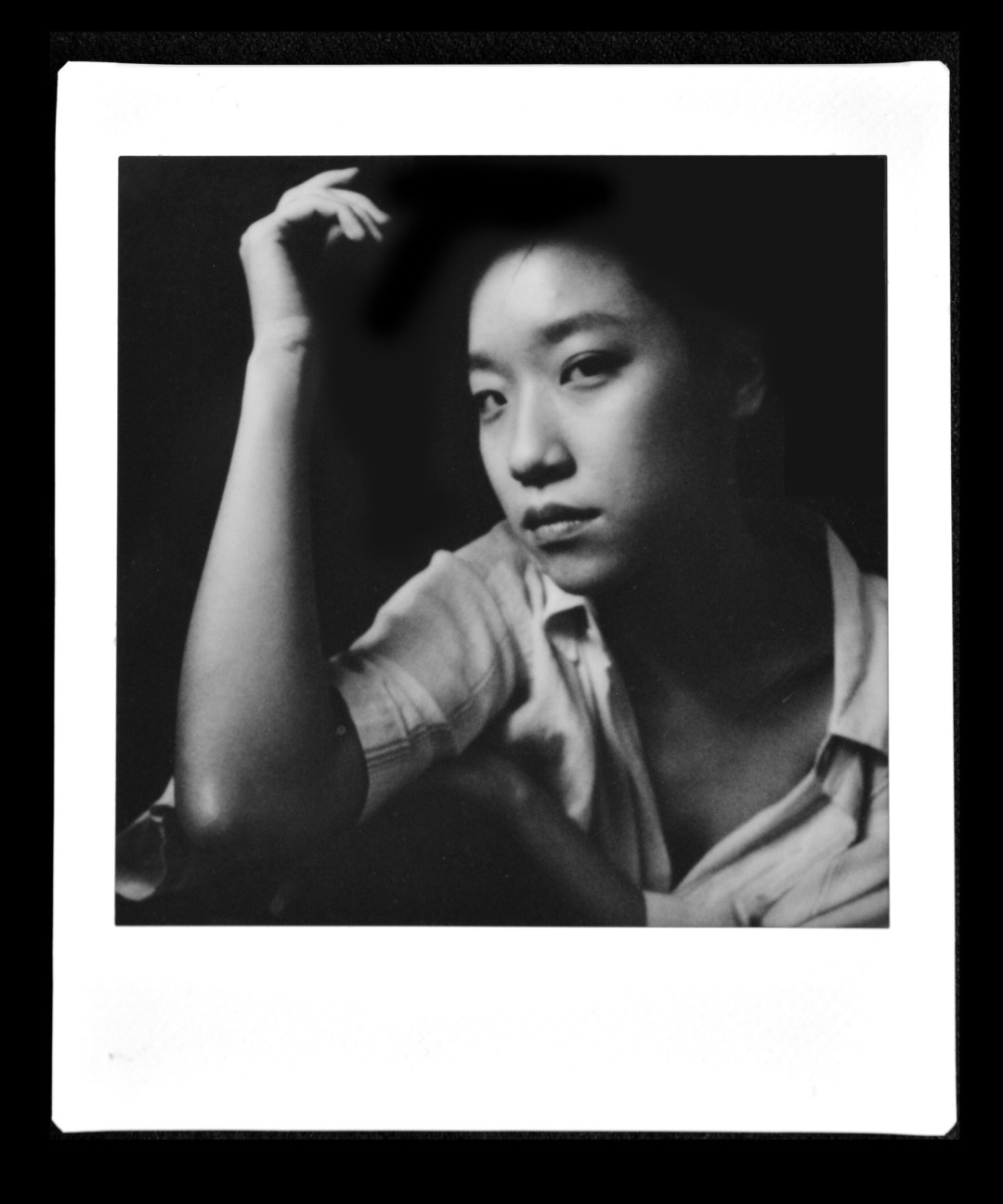
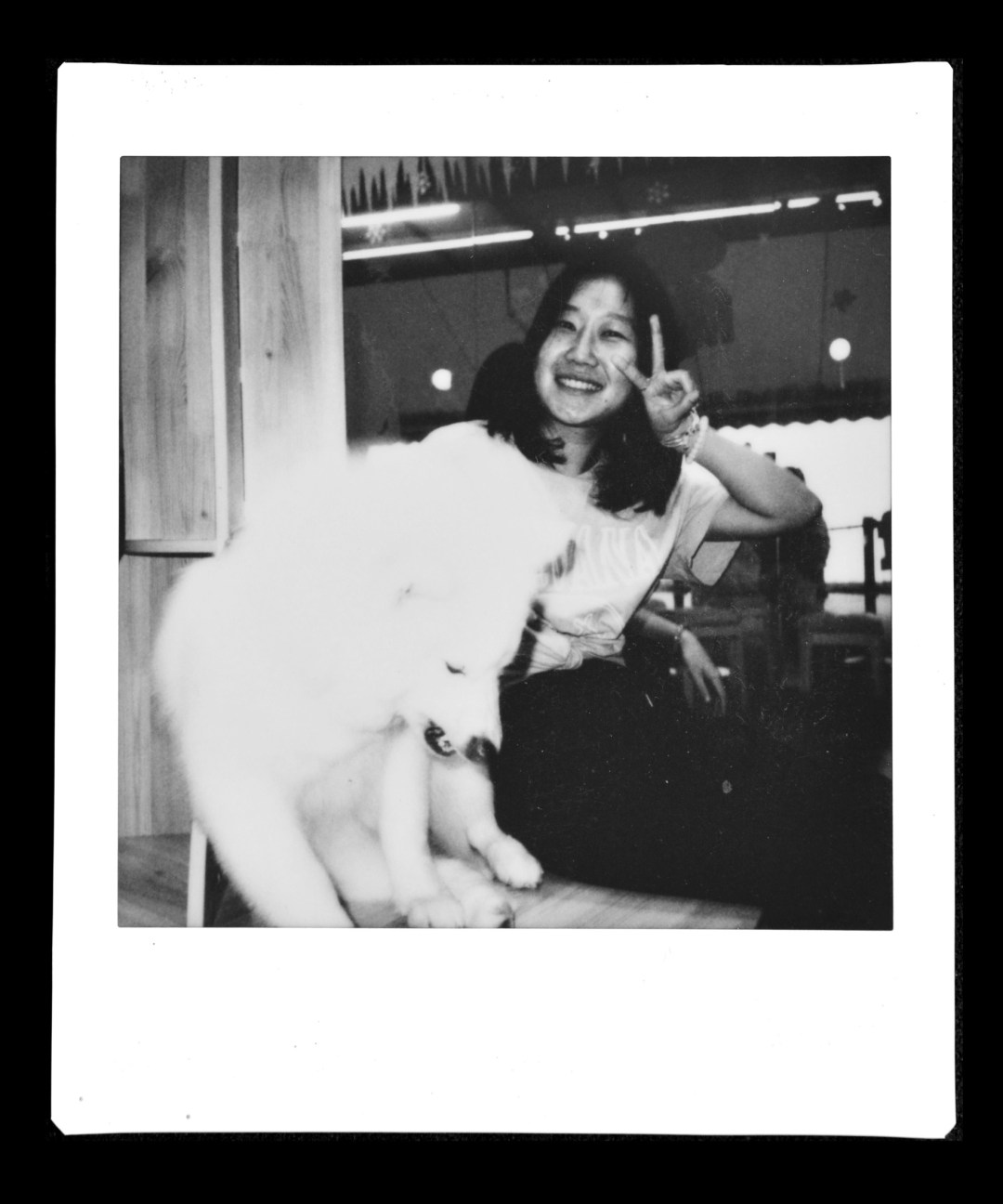
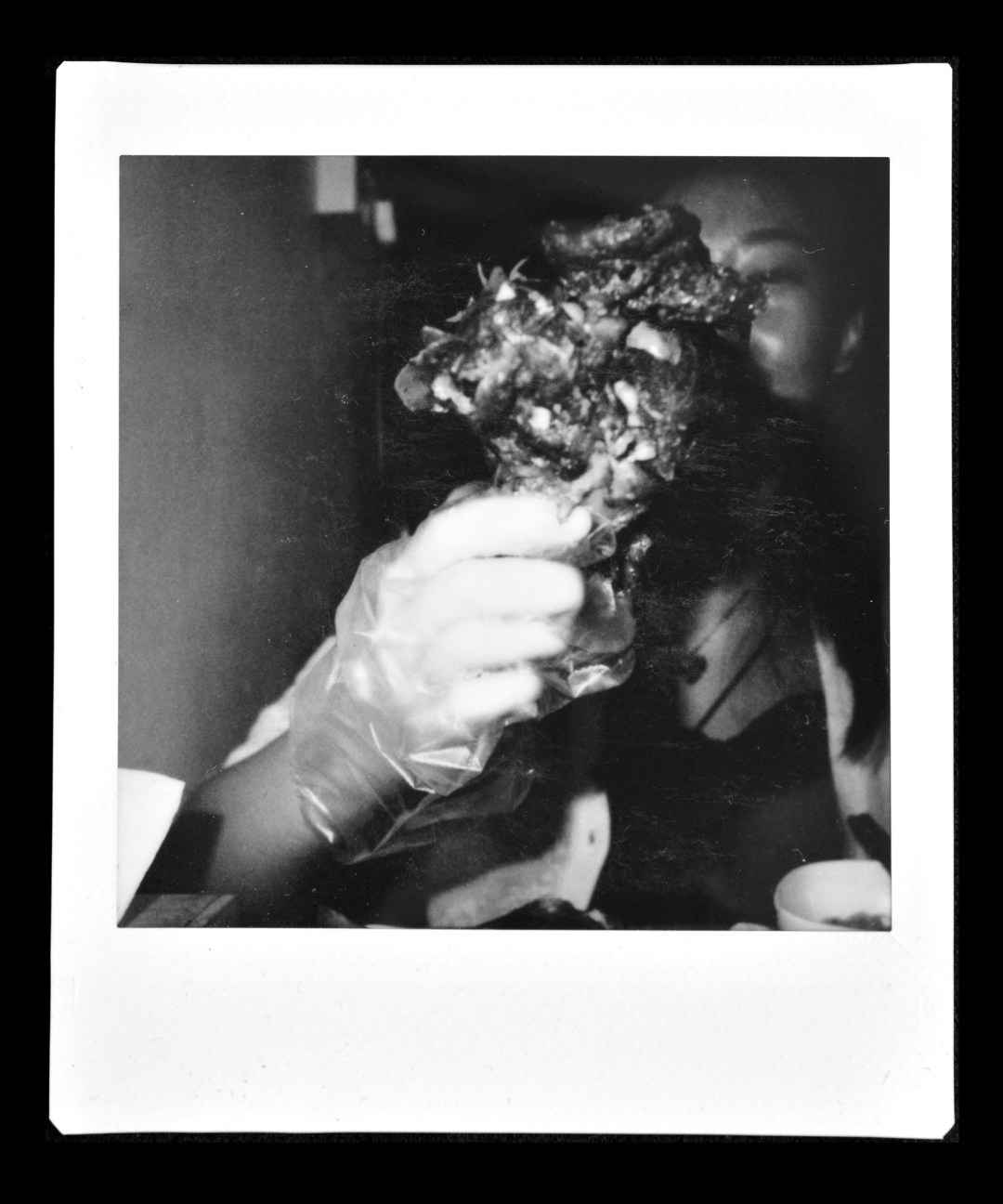
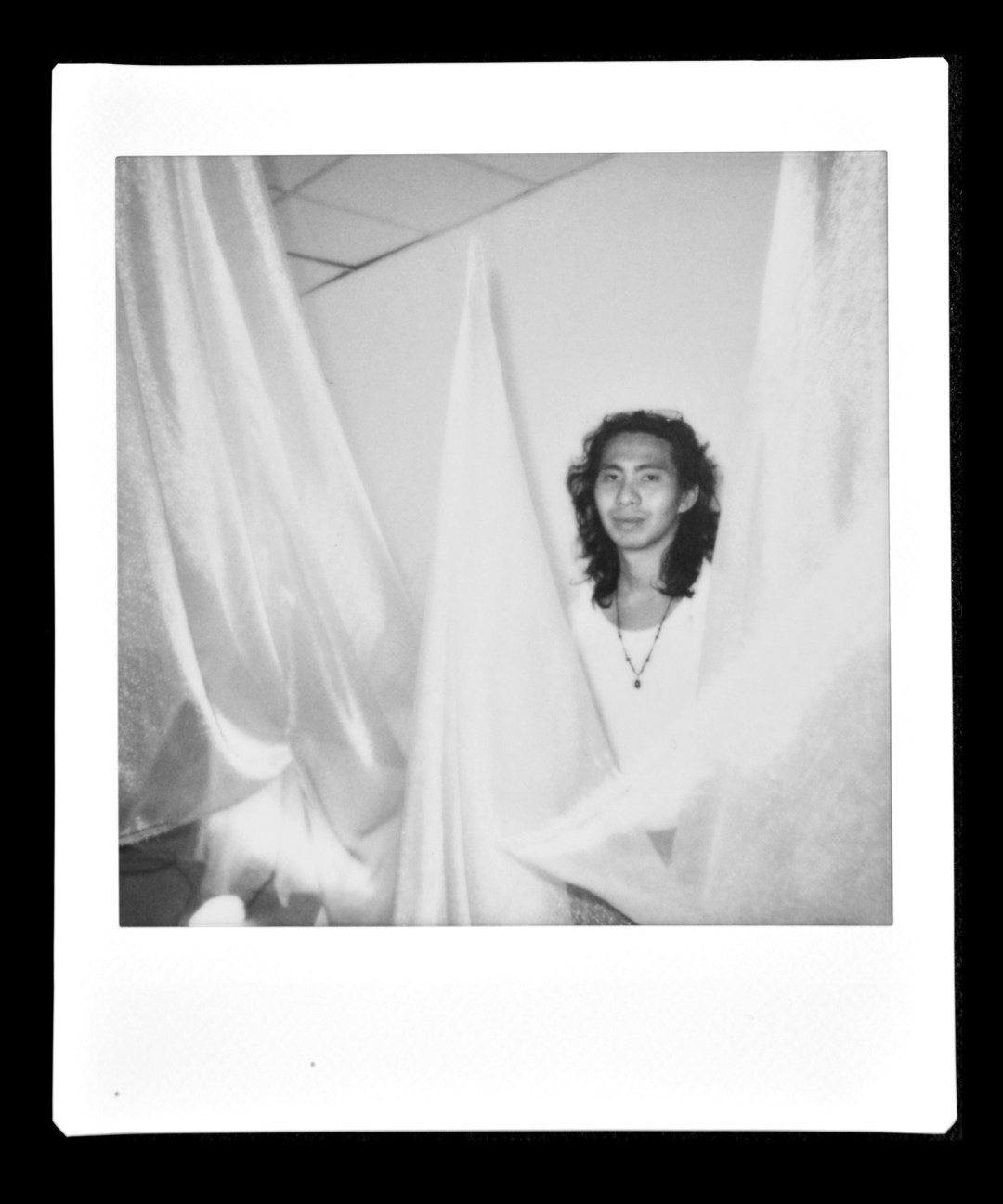
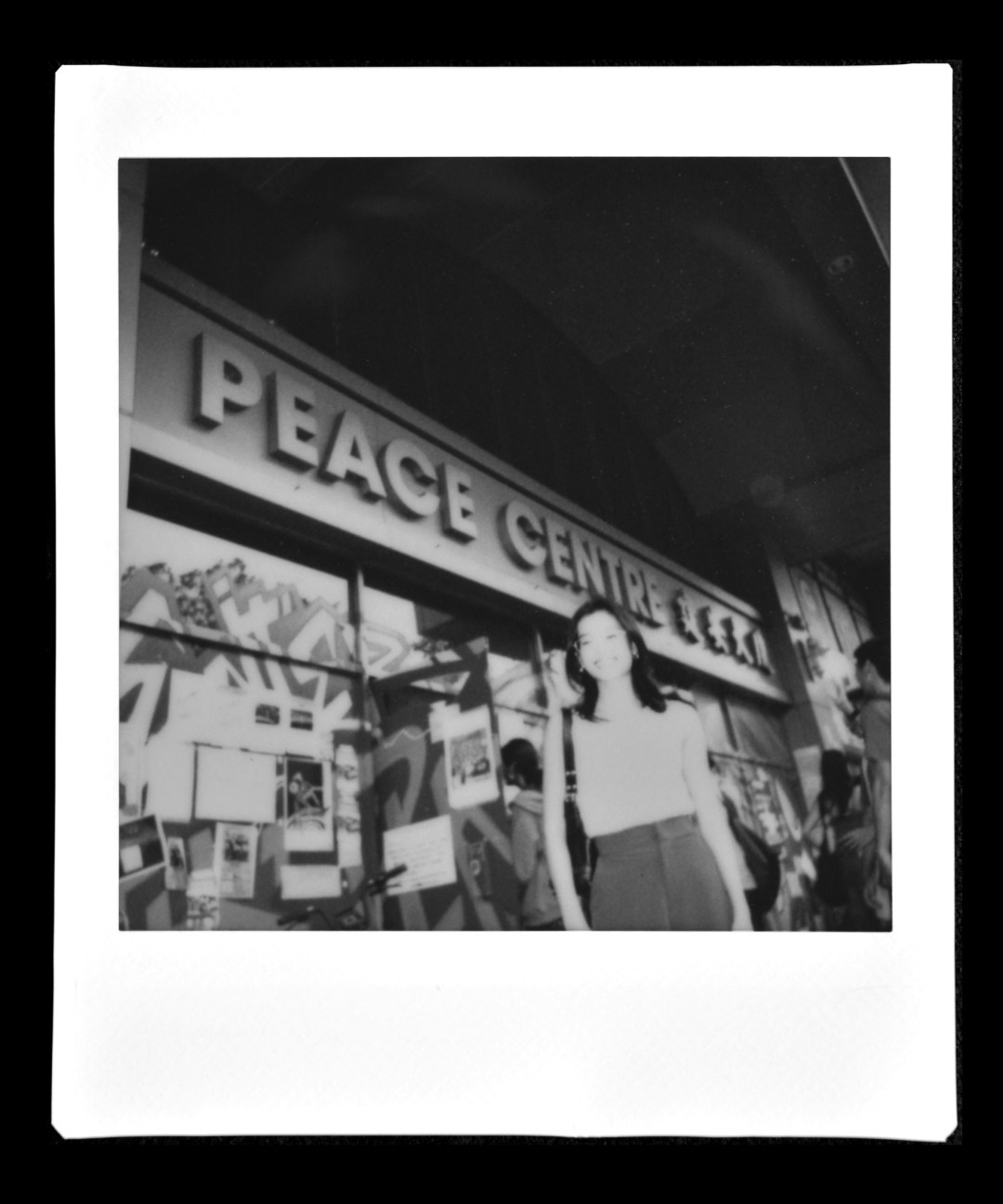
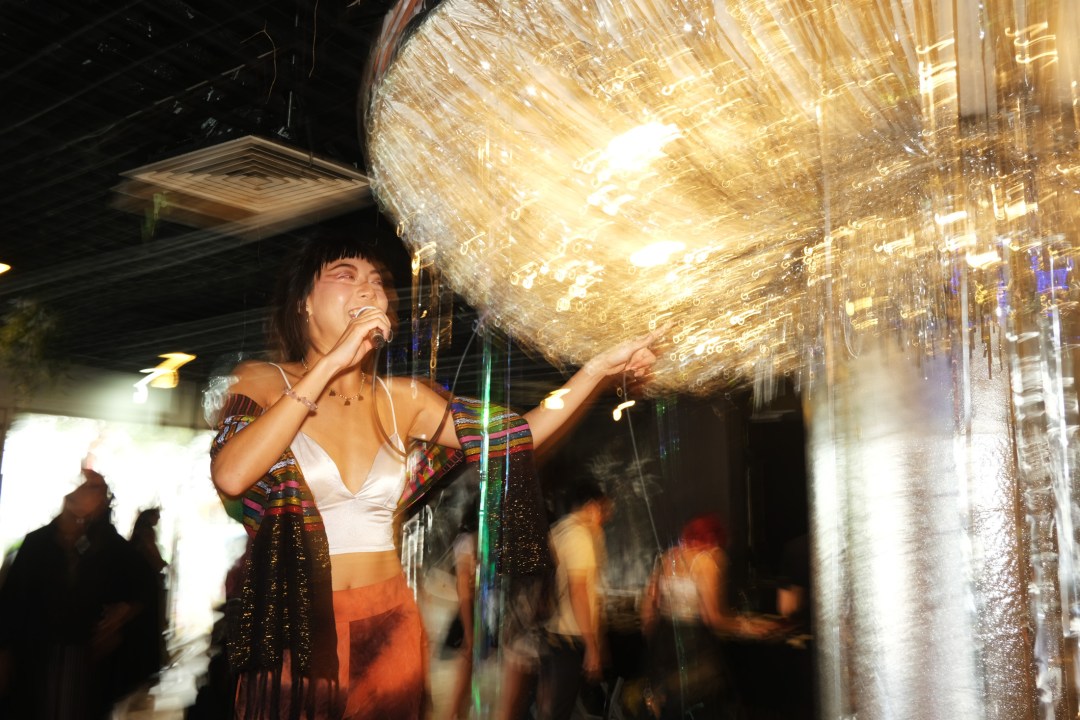
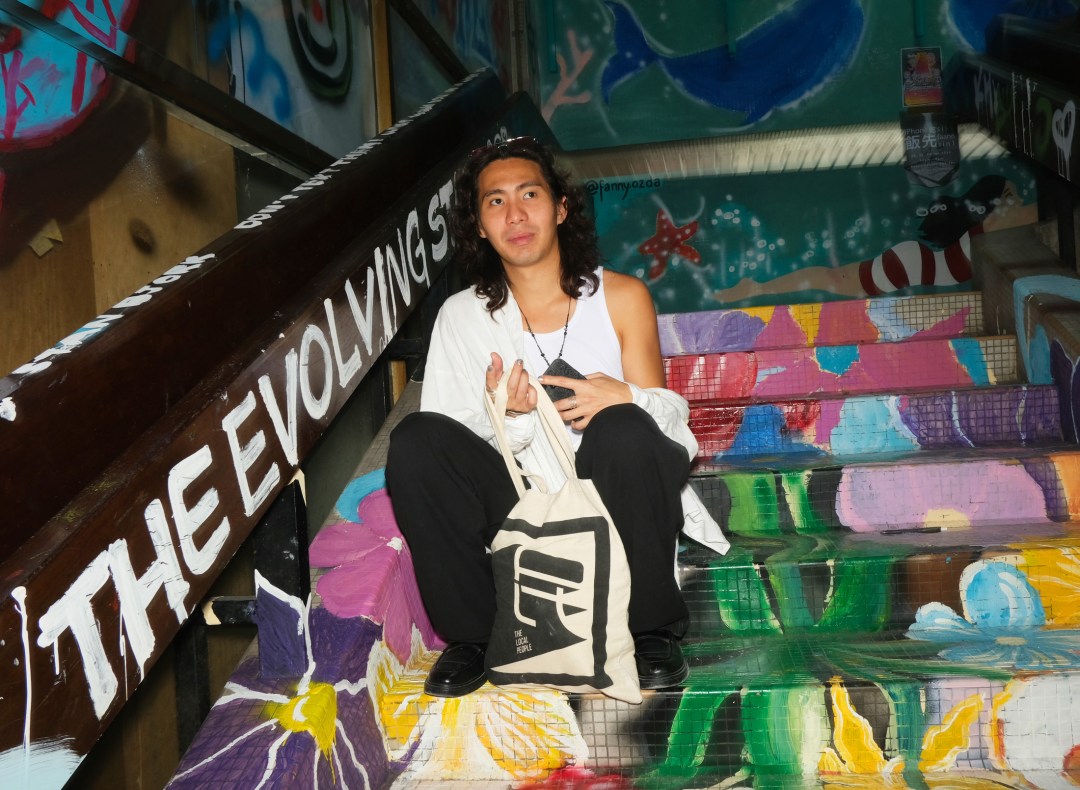
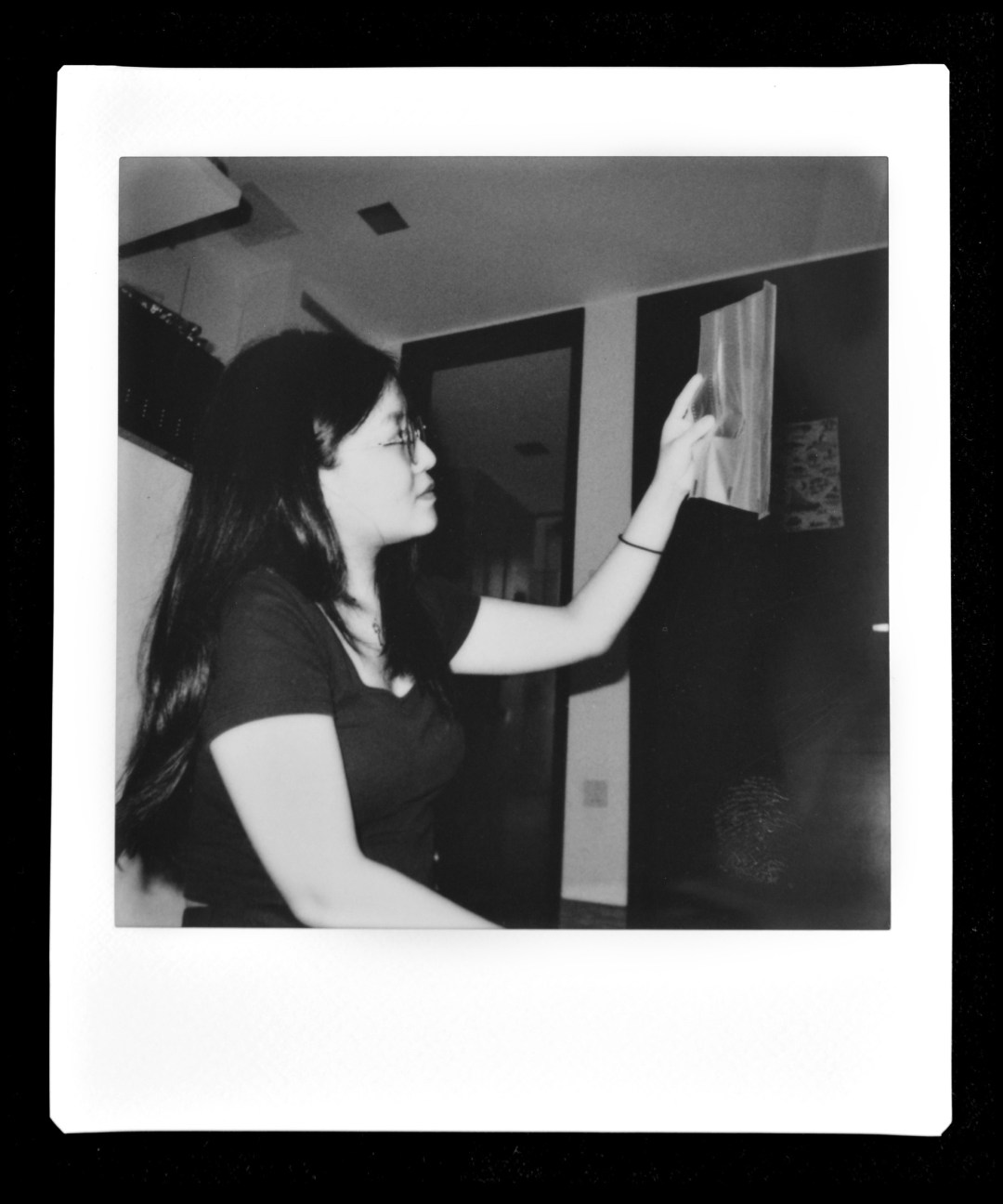
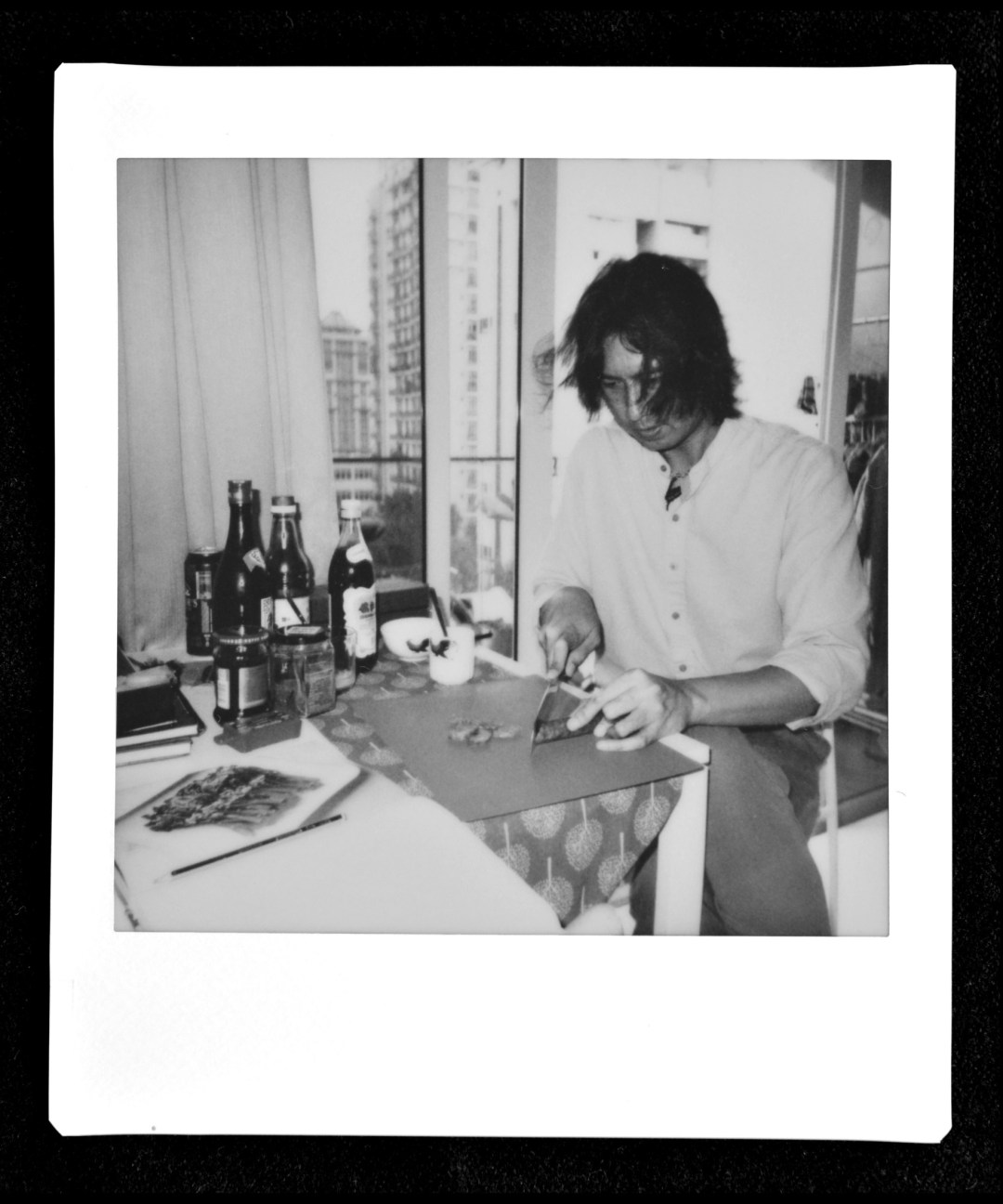
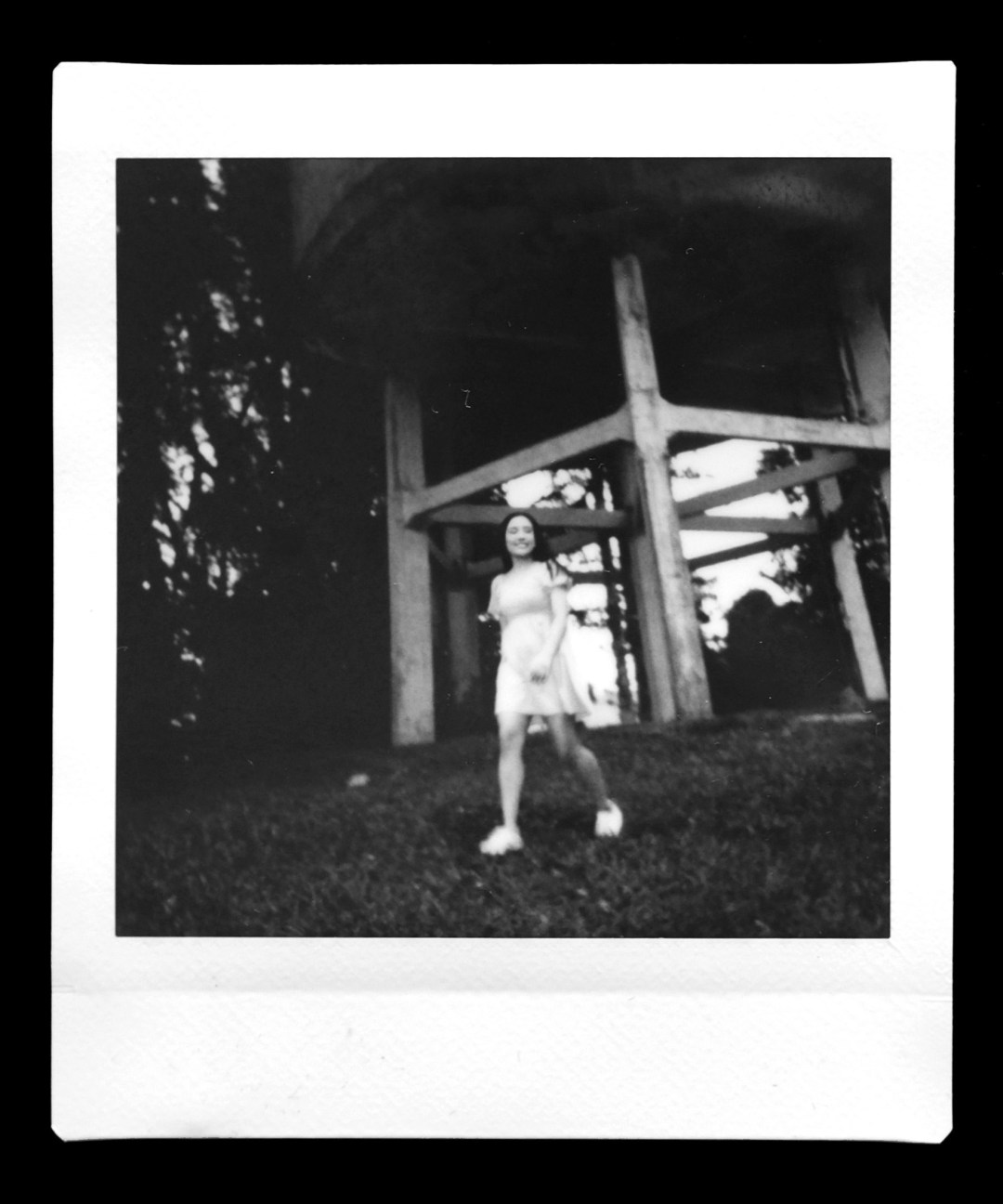
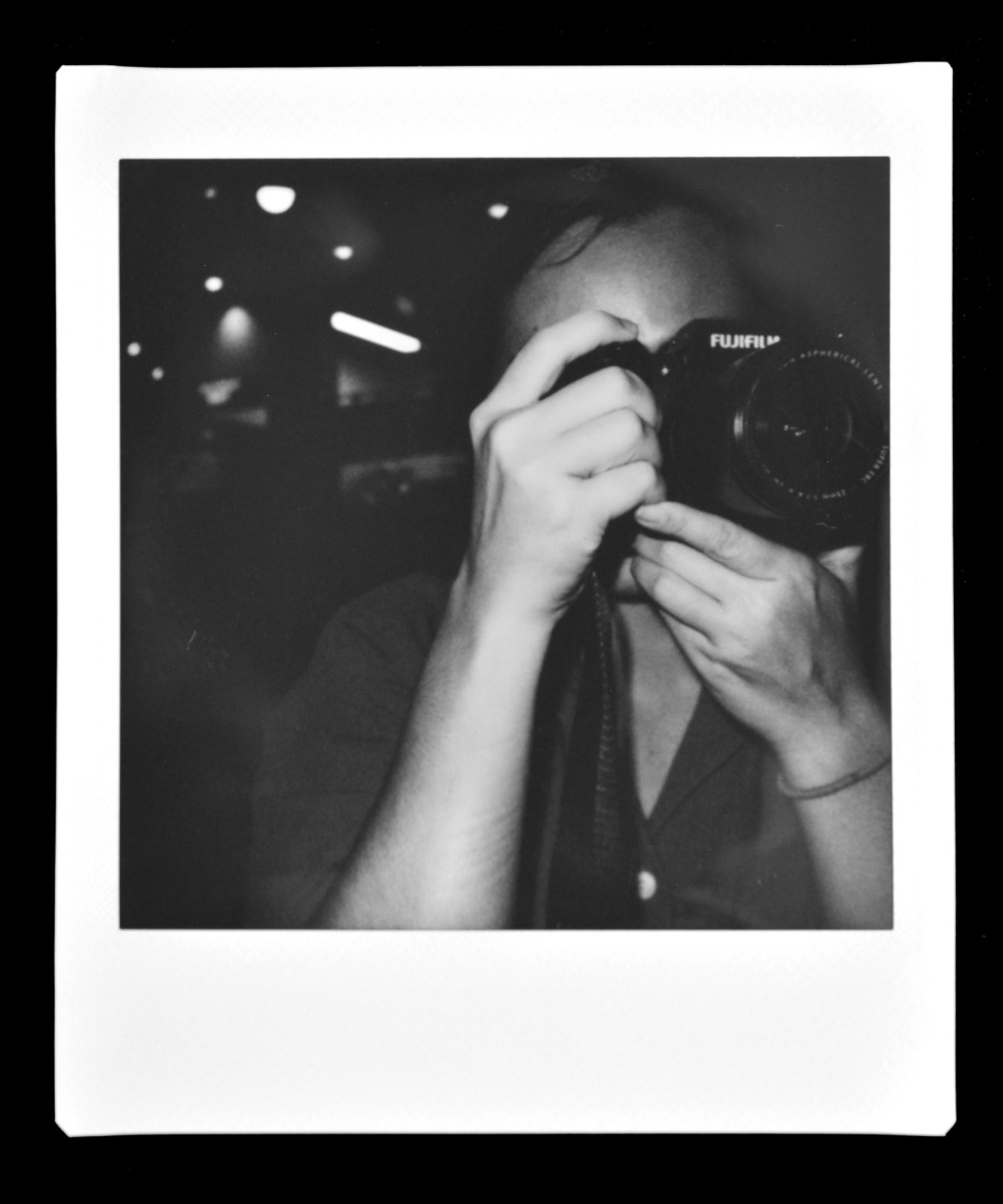
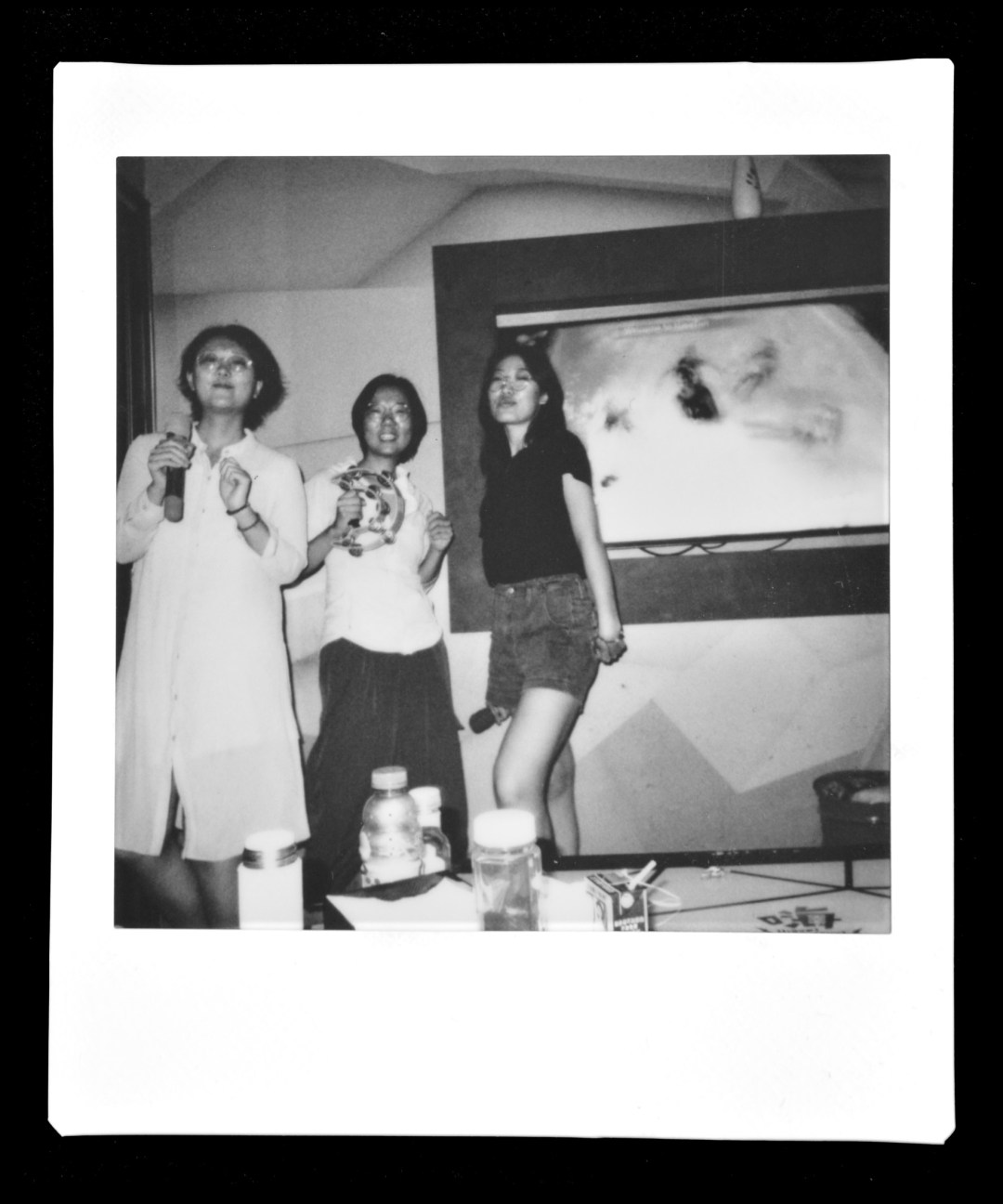
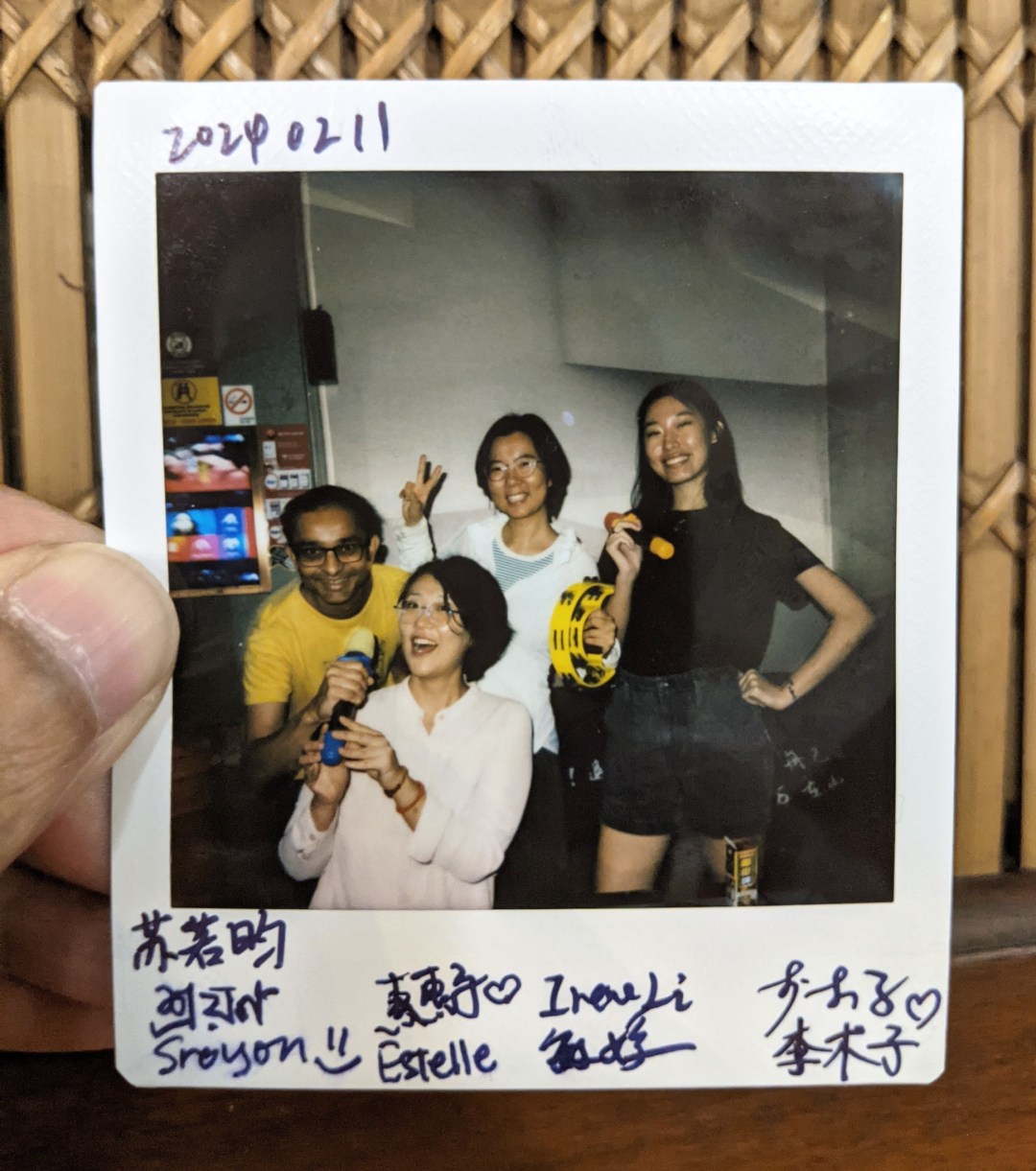

Leave a Reply